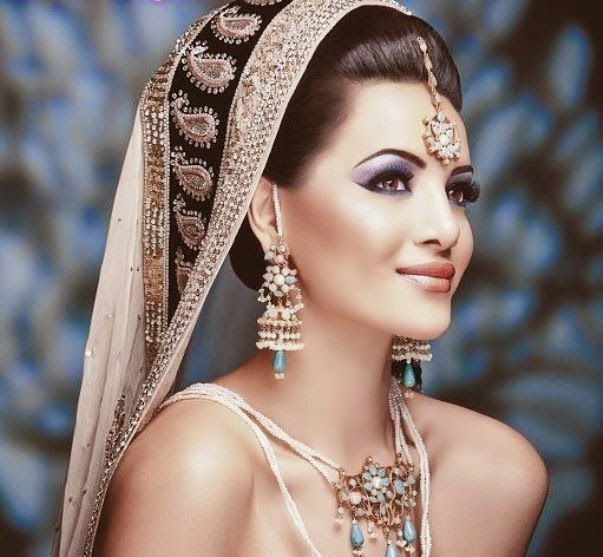watch
A watch is a timepiece, typically worn either around the wrist or attached on a chain and carried in a pocket. Wristwatches are the most common type of watch used today. Watches evolved in the 17th century from spring powered clocks, which appeared in the 15th century. The first watches were strictly mechanical. As technology progressed, the mechanisms used to measure time have, in some cases, been replaced by use of quartz vibrations or electronic pulses.The first digital electronic watch was developed in 1970.
Before wristwatches became popular in the 1920s, most watches were pocket watches, which often had covers and were carried in a pocket and attached to a watch chain or watch fob.
Most inexpensive and medium-priced watches used mainly for timekeeping are electronic watches with quartz movements. Expensive collectible watches, valued more for their workmanship and aesthetic appeal than for simple timekeeping, often have purely mechanical movements and are powered by springs, even though mechanical movements are less accurate than more affordable quartz movements.
In addition to the time, modern watches often display the day, date, month and year, and electronic watches may have many other functions. Watches that provide additional time-related features such as timers, chronographs and alarm functions are also common. Some modern designs even go as far as using GPS technology or heart-rate monitoring capabilities.
The concept of the wristwatch goes back to the production of the very earliest watches in the 16th century. Elizabeth I of England received a wristwatch from Robert Dudley in 1571, described as an arm watch. From the beginning, wrist watches were almost exclusively worn by women, while men used pocket-watches up until the early 20th century.
Wristwatches were first worn by military men towards the end of the 19th century, when the importance of synchronizing manoeuvres during war, without potentially revealing the plan to the enemy through signalling, was increasingly recognized.
The Garstin Company of London patented a 'Watch Wristlet' design in 1893, but they were probably producing similar designs from the 1880s. Officers in the British Army began using wristwatches during colonial military campaigns in the 1880s, such as during the Anglo-Burma War of 1885.During the Boer War, the importance of coordinating troop movements and synchronizing attacks against the highly mobile Boer insurgents became paramount, and the use of wristwatches subsequently became widespread among the officer class. The company Mappin & Webb began production of their successful 'campaign watch' for soldiers during the campaign at the Sudan in 1898 and ramped up production for the Boer War a few years later.
Traditionally, watches have displayed the time in analog form, with a numbered dial upon which are mounted at least a rotating hour hand and a longer, rotating minute hand. Many watches also incorporate a third hand that shows the current second of the current minute. Watches powered by quartz usually have a second hand that snaps every second to the next marker.
A Swiss luxury watchmaker, makes the Silen-T wristwatch with a touch-sensitive face that vibrates to help the user to tell time eyes-free. The bezel of the watch features raised bumps at each hour maker; after briefly touching the face of the watch, the wearer runs a finger around the bezel clockwise. When the finger reaches the bump indicating the hour, the watch vibrates continuously, and when the finger reaches the bump indicating the minute, the watch vibrates intermittently.
A digital display simply shows the time as a number, instead of a short hand pointing towards the number 12 and a long hand 8/60 of the way round the dial. The digits are usually shown as a seven-segment display.
The first digital mechanical pocket watches appeared in late 19th century. In the 1920s, the first digital mechanical wristwatches appeared.



















